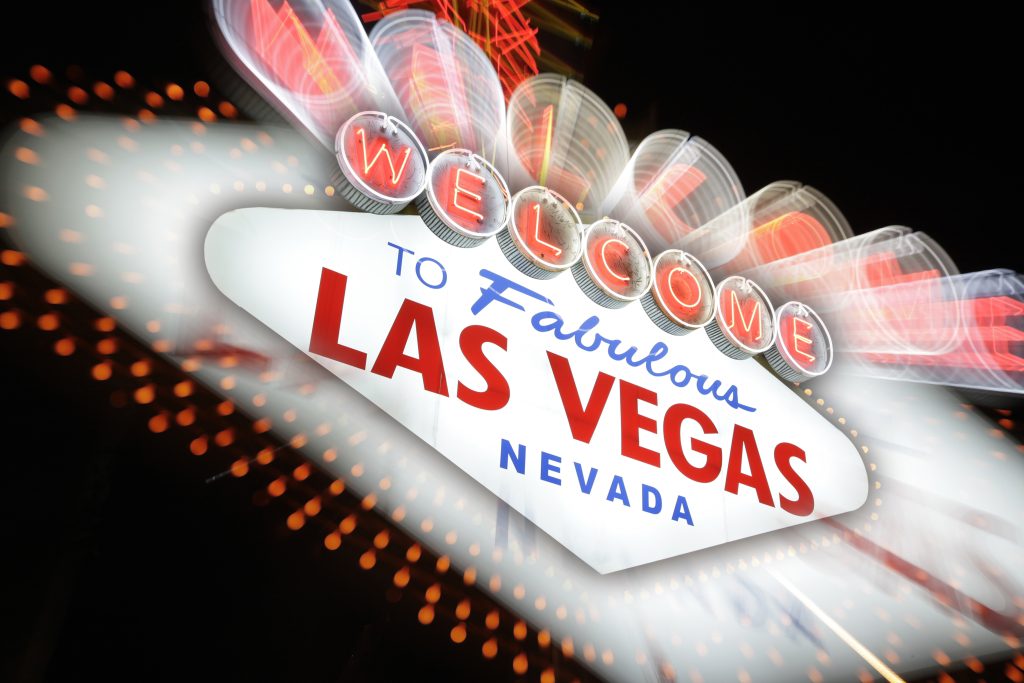The Physiological Attraction of Las Vegas and Where Do All Those Pretty Lights Go When a Casino’s Demolished

The physiological attraction of Las Vegas can be attributed to a combination of factors that make it a unique and exciting destination. Here are some of the factors that contribute to Las Vegas’ physiological attraction:
Lights and Glitz: Las Vegas is known for its neon lights, glittering marquees, and elaborate displays. The bright lights and glitz create a sense of excitement and anticipation that is hard to resist.
Entertainment: Las Vegas offers a wide variety of entertainment options, including world-class shows, concerts, and performances. The city attracts some of the biggest names in the entertainment industry, and the shows are often spectacular and unforgettable.
Casinos: Las Vegas is home to some of the world’s most famous casinos. The casinos offer a wide range of gaming options, from slot machines and video poker to table games like blackjack, craps, and roulette. The excitement of gambling and the potential to win big draws many visitors to Las Vegas.
Shopping: Las Vegas has become a shopping destination in its own right, with many high-end retail shops and boutiques located on the famous Las Vegas Strip. The shopping experience is often enhanced by the glitz and glamour of the surrounding casinos and hotels.
Food and Drink: Las Vegas is known for its world-class dining options, with many of the world’s top chefs opening restaurants in the city. The city also offers a wide range of bars, nightclubs, and lounges, making it a popular destination for those looking to enjoy a night out on the town.
All of these factors contribute to Las Vegas’ physiological attraction, making it a popular destination for visitors from all over the world. The city has a unique energy and excitement that is hard to find anywhere else, and it continues to draw visitors year after year.
When a casino is demolished in Las Vegas, the neon lights are typically removed and stored or sold. The neon signs that were once a fixture of the Las Vegas skyline have become highly collectible, and many are preserved and displayed in museums, galleries, and private collections.
Some of the neon signs are sold at auction, with the proceeds going to charity or to fund other preservation efforts. The Neon Museum in Las Vegas is one such organization that works to preserve and display the city’s historic neon signs.
In addition to the neon signs themselves, many of the other decorative elements from the casinos, such as sculptures, artwork, and fixtures, are also preserved and repurposed. For example, the chandeliers from the recently demolished Riviera Hotel and Casino were sold and are now being used in other casinos and hotels.
While some of the neon signs and other decorative elements are preserved, many are unfortunately lost forever. However, the efforts of organizations like the Neon Museum are helping to ensure that the unique cultural history of Las Vegas is not forgotten, even as the city continues to evolve and change.
The Neon Museum, also known as the Neon Boneyard, is a museum in Las Vegas, Nevada that features a collection of vintage neon signs from some of the city’s most iconic casinos and businesses. The museum is located on Las Vegas Boulevard, just north of downtown, and is a popular destination for tourists and locals alike.
The Neon Boneyard was founded in 1996 by a group of preservationists who wanted to save some of the city’s historic neon signs from being lost or destroyed. Over the years, the collection has grown to include more than 200 signs, many of which date back to the 1940s and 1950s.
Visitors to the Neon Boneyard can take a guided tour of the museum and see the signs up close, as well as learn about the history and cultural significance of each sign. Some of the most famous signs in the collection include the iconic Stardust sign, the Moulin Rouge sign, and the sign from the original Aladdin Hotel and Casino.
In addition to the guided tours, the Neon Boneyard also hosts special events, including weddings, photo shoots, and even yoga classes. The museum has become a popular backdrop for photo shoots and other events, as the colourful and whimsical signs make for a unique and memorable setting.
Overall, the Neon Boneyard is a must-see destination for anyone interested in the history and culture of Las Vegas, as well as anyone who appreciates vintage design and typography. The museum is a testament to the enduring legacy of Las Vegas’ neon era, and a reminder of the city’s colorful past.